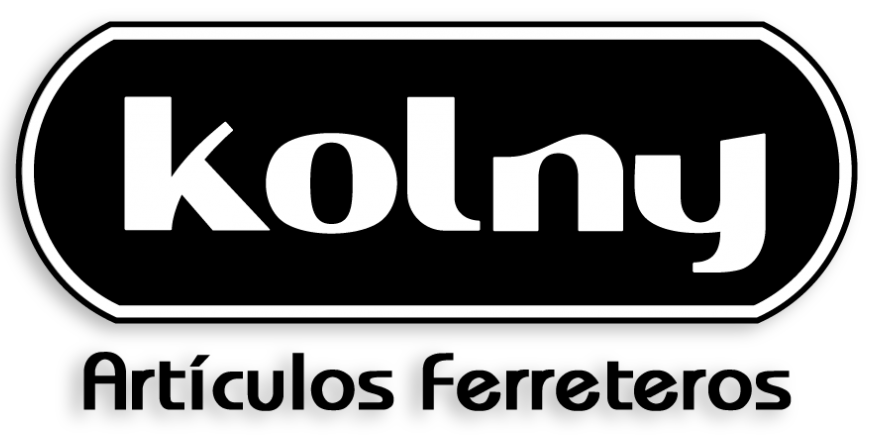Now let’s update our workflow file to also run our tests on a schedule. In the «.github/workflows/qawolf.yml» what is smoke test file, comment in lines 7-9. You are welcome to edit your test code, such as by adding assertions.
Specifically, our test job installs dependencies, checks out our code, and runs our test command npx qawolf test. After the test run, debug artifacts like console logs and videos are saved. The on key then specifies what event should trigger our tests to run. By default, your tests will run whenever someone pushes to any branch.
Smoke testing examples
It’s also worth remembering that smoke testing is used during other stages of the testing process. For example, it’s used during system testing and makes build validation easier and faster across all types of testing. The primary purpose of smoke testing is not to find bugs but to determine at what point the software has reached a degree of stability. The goal of any smoke test is to create a group of tests that are broad in scope instead of just trying to locate bugs. Automation testing is also used wherein a set of automated test cases are used to run the smoke tests. With the help ofautomation tests, developers can check build immediately, whenever there is a new bug noted in the build.

A sample of the total number of planned test scenarios covering the basic functionality of the component or system. It is carried out in order to make sure that the basic functions of the program as a whole work correctly, without recess in the details. Daily assembly and test «on smoke» are advanced practical methods.
The Value of Early Incremental Tests
They should be carried out as soon as any new build is deployed or if there is any change. The identified smoke tests should be used to create test cases around them. The test cases are developed manually and test scripts can be created to perform automation.
- How smoke tests are run depends on the type of smoke test, and approaches may vary from one organization to another.
- While regression tests can also help identify new unintentional defects, it is not common to have tests for new functionality in a regression test suite.
- It should be considered amongst the first stages to implement when planning continuously integrated and delivered systems.
- Smoke testing is performed to check that key path travel is as intended and does not interfere with functioning.
- Smoke tests must be performed on each build that is turned to testing.
Once the build has been released in QA and the smoke tests have been successful, we will move on to functional testing. If the smoke test fails, we stop testing until the build issue is resolved. Once the major build of software has been done, it will be tested to find out it’s working well or not. Smoke testing is the lightest type of testing that you should do.
Mobile App Testing
These tests are very confirmatory in nature, with the main objective of making sure the functions under test are working correctly and do not “break the build”. These tests are not designed to test variations of conditions, such as boundary value tests. Another example is how a plumber might inject smoke into a plumbing system to find leaks without the risk of water damage to walls.

A regression test might include both true and false sides of a business rule, user story or requirement. Regression tests typically have more coverage of functional conditions. Plus, when everything in an integrated system is tested at one time, it is harder to isolate exactly where the defect might be and how it might have been introduced.
How to Write a Good Test Plan in Software Testing?
’ article, let’s check out some important questions related to smoke testing. Maintain quality — Going over functions tested in previous phases helps ensure an application’s overall quality and stability. Looks for any defects introduced because of changes or enhancements made to a software build. The goal is to ensure that all previous functionality continues to operate as intended after any developer modifications. Below you will find an exploration of smoke vs. regression testing and when each applies. A device was turned on, and would fail the smoke test if it caught on fire.
Smoke testing and sanity testing are two very different practices. But people still get them confused, since the distinction is somewhat subtle. The table below lists the key differences between smoke testing and sanity testing. This is non-exhaustive testing with a very limited number of test cases. Usually, smoke testing is performed with positive scenarios and with valid data. It is applicable to different levels of software testing like integration testing, system testing, and acceptance testing.
What Is Smoke Testing?
Since testing software integration is a key goal of smoke testing, a scenario-focused approach can be very effective. The first step in a scenario-focused approach is to define the most critical tasks performed in a system or application. After the build has been submitted to QA, smoke testing is performed. The majority of problems https://www.globalcloudteam.com/ are discovered during the early phases of software development with the aid of smoke testing. Smoke testing is conducted by QA engineers/QA leads after the product has been released to the QA environment. When a new project is released, the QA team decides the primary functionality of the application in order to do smoke testing.
This tutorial will create Playwright and Jest tests on a web application. Playwright is a library built by Microsoft to automate Chromium, Firefox, and WebKit browsers. If you run smoke tests on production, you can also catch bugs that earlier tests missed.
Create Slack webhook
This is an important point that is missed many times because testers continue to use old login credentials without testing for a new user. Depending on the size of the team, this responsibility may fall to either the software developers or dedicated testing teams. Ultimately, however, the engineering manager or team leader is accountable for delivering working software.


